Among the many fascinating yokai of Japanese folklore, Gyuki stands out as one of the most terrifying. Known for its monstrous appearance and malevolent behavior, this creature has been feared for centuries in western Japan.
With tales of Gyuki attacking people, spitting poison, and dragging its victims to watery graves, it’s no wonder this yokai has gained such a fearsome reputation. However, not all Gyuki are malicious. In some regions, it is revered as a divine protector capable of driving away evil spirits.
This article dives into the legends of Gyuki, its cultural significance, and its modern-day representation, such as the famous Gyuki Matsuri in Uwajima, Ehime Prefecture, and its portrayal in the video game Nioh 2.
What Is Gyuki?
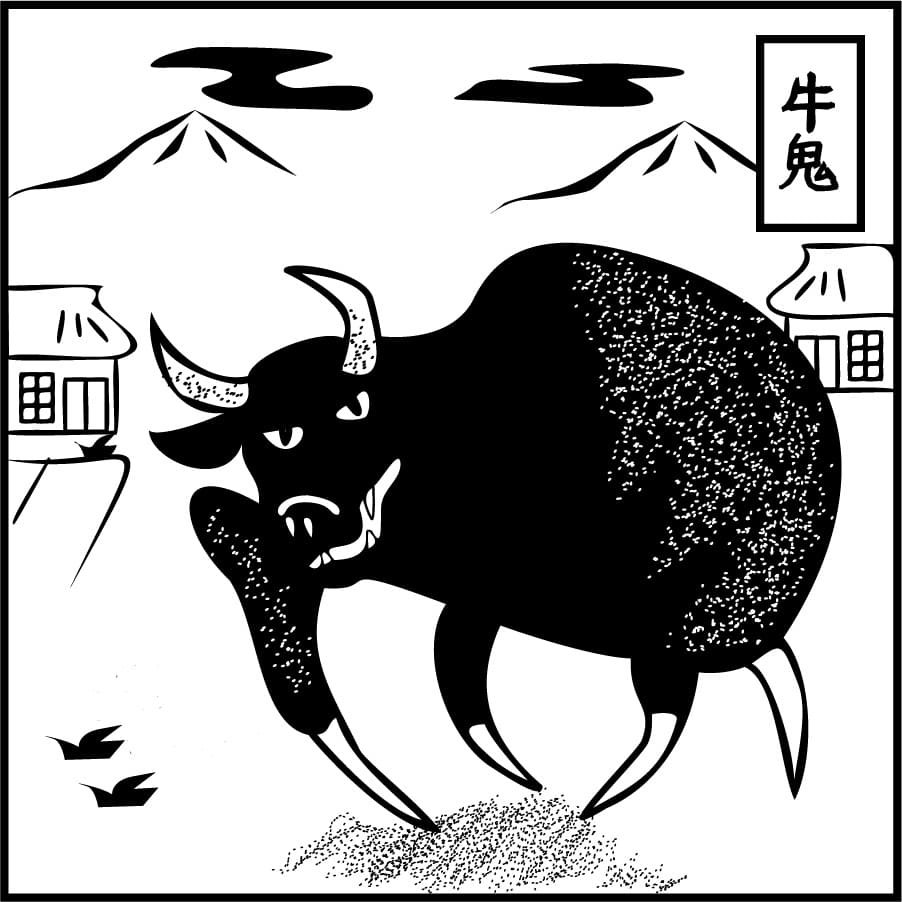

Gyuki is also called “Ushioni”.
A Yokai of Western Japan
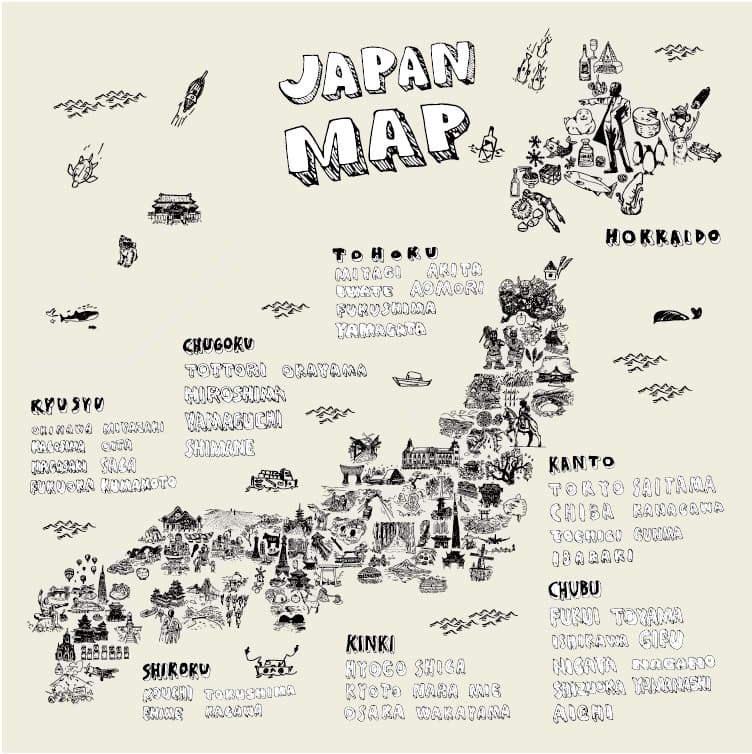
Gyuki is a mythical creature that originates from western Japan, particularly in coastal and rural areas. Its appearance combines traits of a bull and a demon, with sharp horns, glowing eyes, and a body covered in thick, menacing fur.
Often described as a predator of humans, Gyuki’s legends depict it as dwelling near water—rivers, swamps, or the ocean. Many stories describe Gyuki ambushing unsuspecting travelers, spitting poison to weaken them, and consuming their flesh.
A Dual Nature: Fierce Monster or Divine Protector?
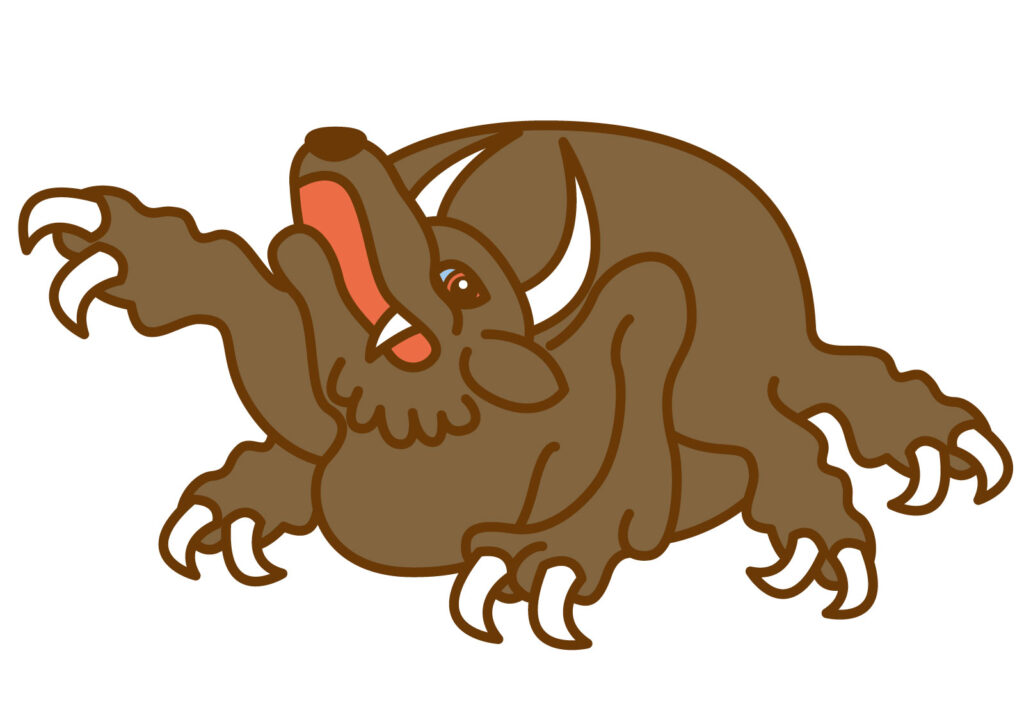
While most tales emphasize Gyuki’s brutal and violent nature, some regions offer a different perspective. In certain areas, Gyuki is believed to be a divine incarnation, tasked with protecting villages from evil spirits or natural disasters.
This duality reflects the complexity of Japanese folklore, where even terrifying creatures can serve as protectors under the right circumstances.
The Gyuki Matsuri in Uwajima
Celebrating Gyuki’s Power
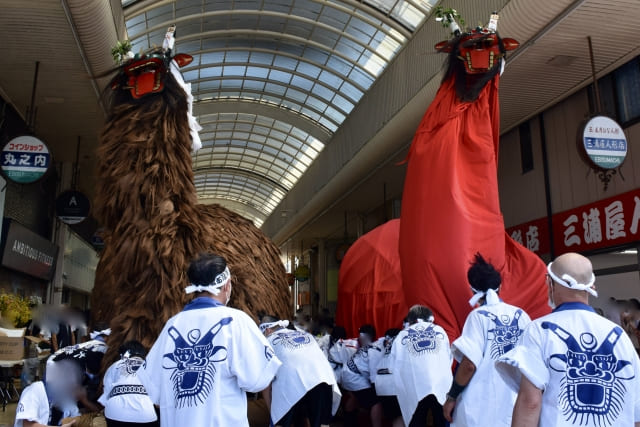
In Uwajima City, Ehime Prefecture, the Ushioni Matsuri is a beloved summer event. Unlike the malevolent image found in many legends, the festival showcases Gyuki as a symbol of strength and community spirit.
During the celebration, massive Gyuki floats are paraded through the streets, accompanied by drums, chants, and enthusiastic participants. The floats, intricately crafted and larger than life, represent Gyuki’s formidable presence while embodying the hope for protection and prosperity.
From Fear to Celebration
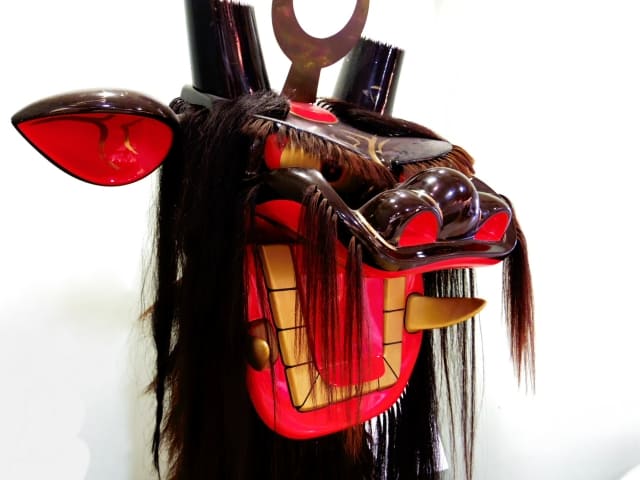
This festival highlights the transformation of Gyuki’s image—from a terrifying yokai to a revered symbol of resilience. It’s a testament to how folklore evolves and becomes an integral part of local culture.
Gyuki in the Game Nioh 2
A Yokai to Be Feared
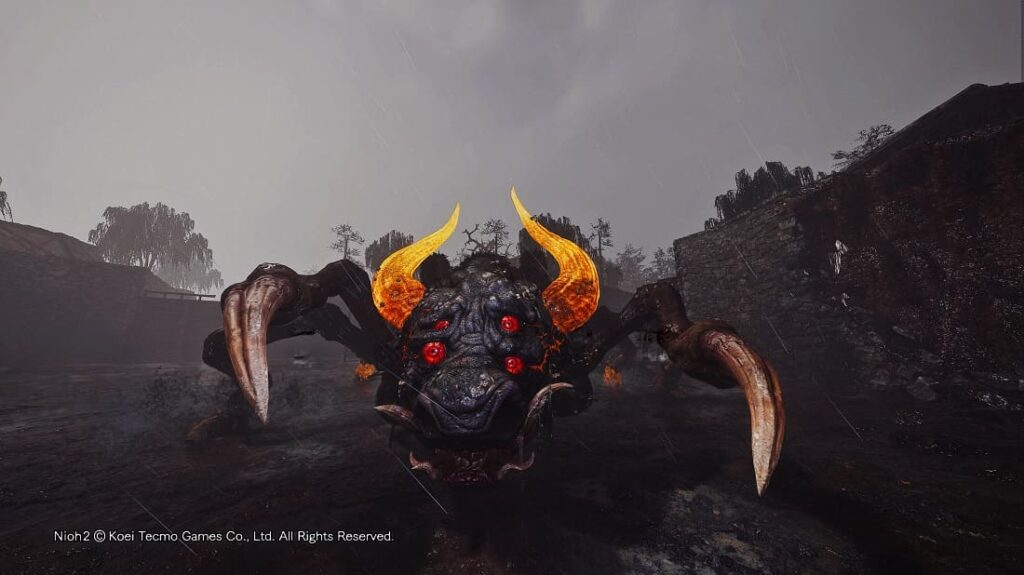
Gyuki takes on a nightmarish form in the popular game Nioh 2. As a boss enemy, it stays true to its folklore origins, attacking players with deadly poison and powerful strikes. Its grotesque design captures the terror associated with the creature, featuring massive horns, a muscular body, and an aura of malice.
A Test of Skill and Strategy
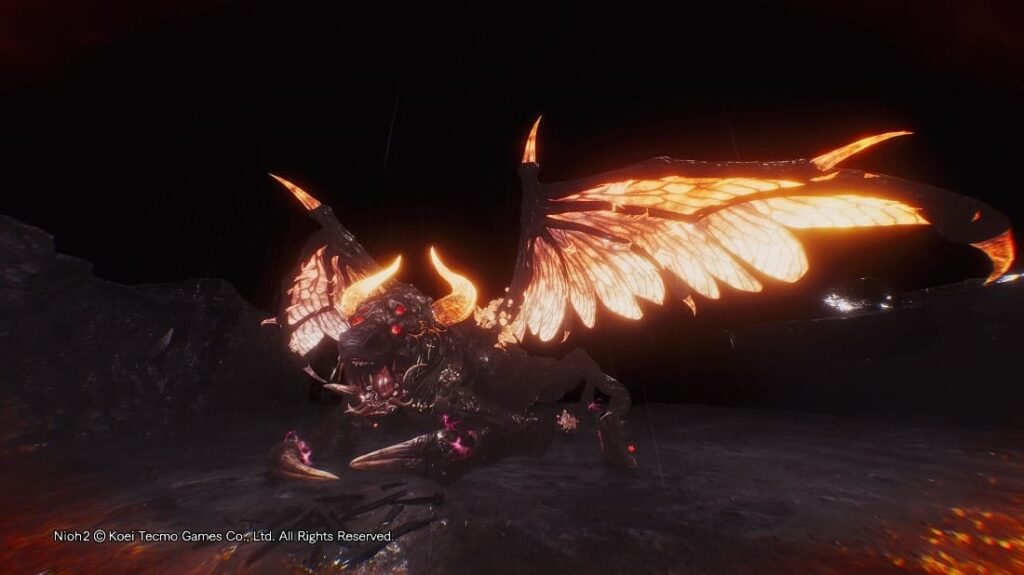
Facing Gyuki in Nioh 2 is no easy task. Players must adapt to its aggressive attacks, learning to dodge its poison clouds and counter its powerful charges. Defeating Gyuki is a rewarding challenge, providing a glimpse into the game’s dedication to representing Japan’s yokai mythology.
Conclusion
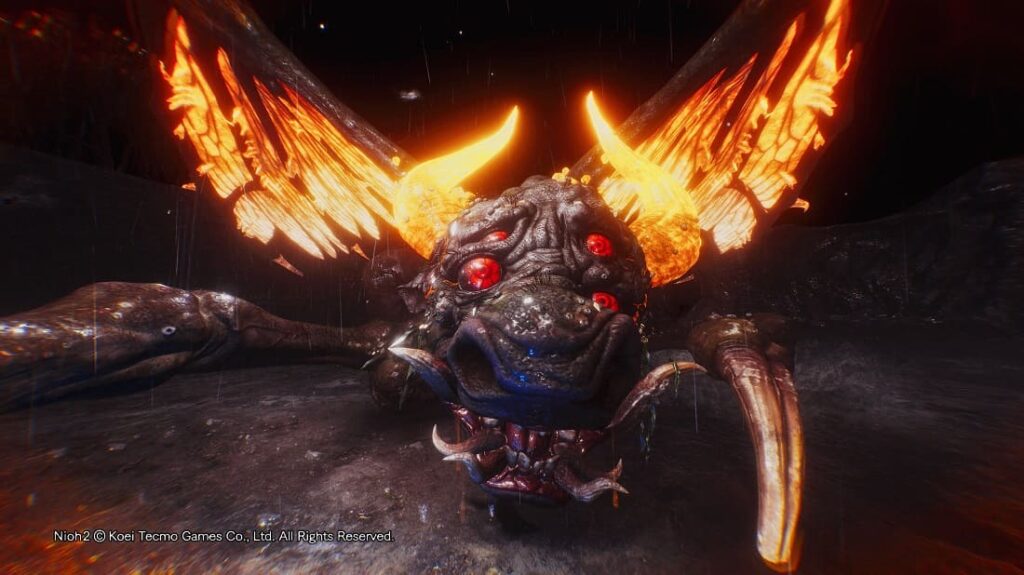
Gyuki is one of Japan’s most intriguing yokai, known for its dual nature as both a ferocious predator and a divine protector. Its legends, deeply rooted in western Japan, continue to inspire awe and curiosity.
Whether celebrated in festivals like the Gyuki Matsuri in Uwajima or feared as a formidable foe in Nioh 2, Gyuki remains a vivid reminder of Japan’s rich folklore and cultural heritage.
If you’re captivated by Japan’s yokai lore, exploring Gyuki’s story is a must. It’s a journey into a world where monsters aren’t just terrifying—they’re also an essential part of the culture.

A lot of Yokai appear in Nioh & Nioh2.
If you are interested in Yokai, you may love these games!
Let’s play!

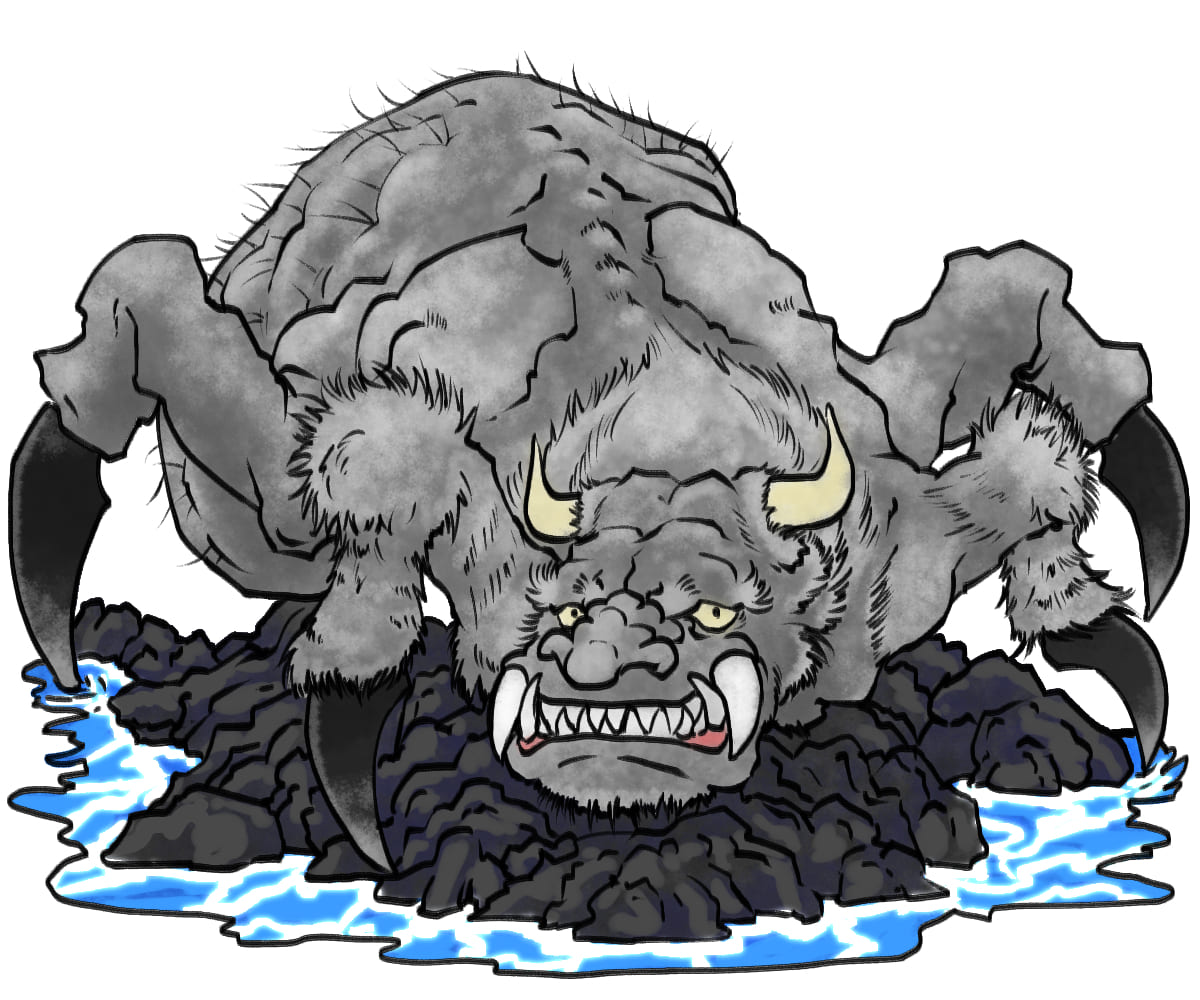
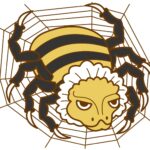
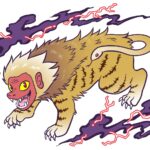
Comments